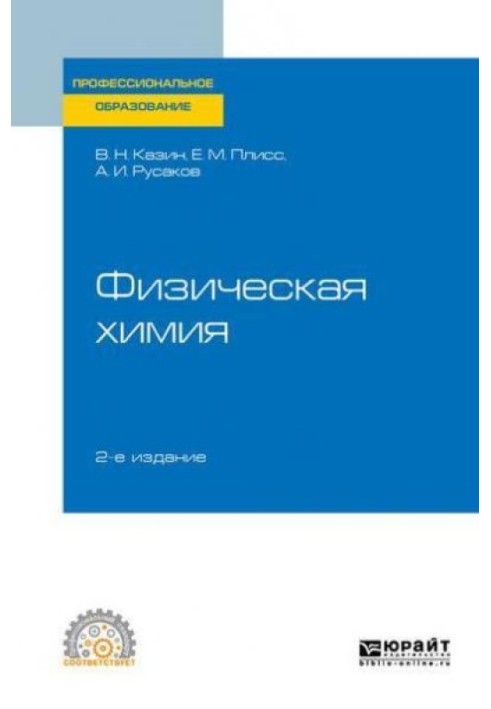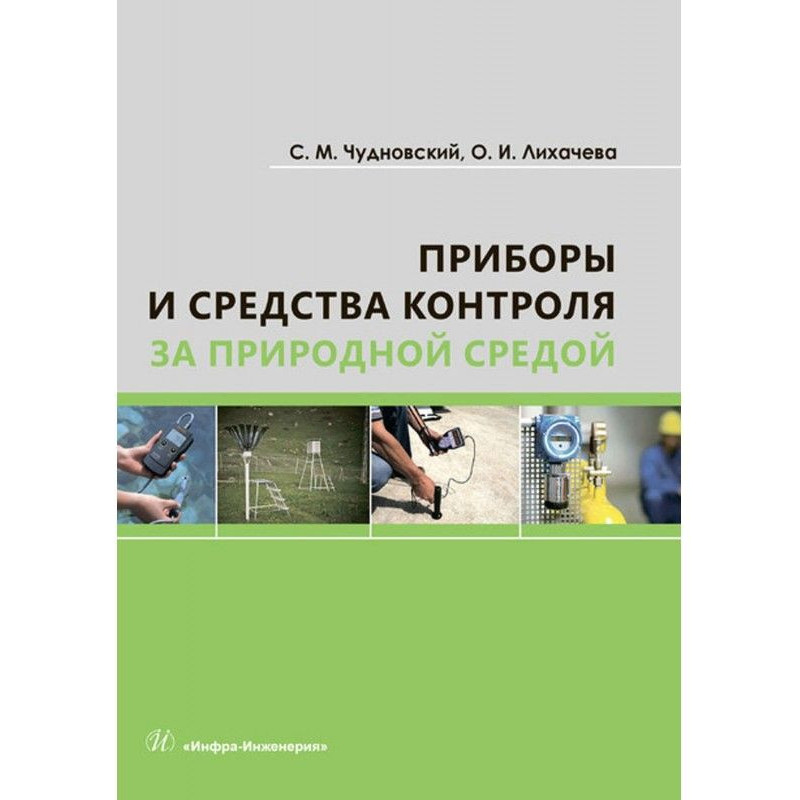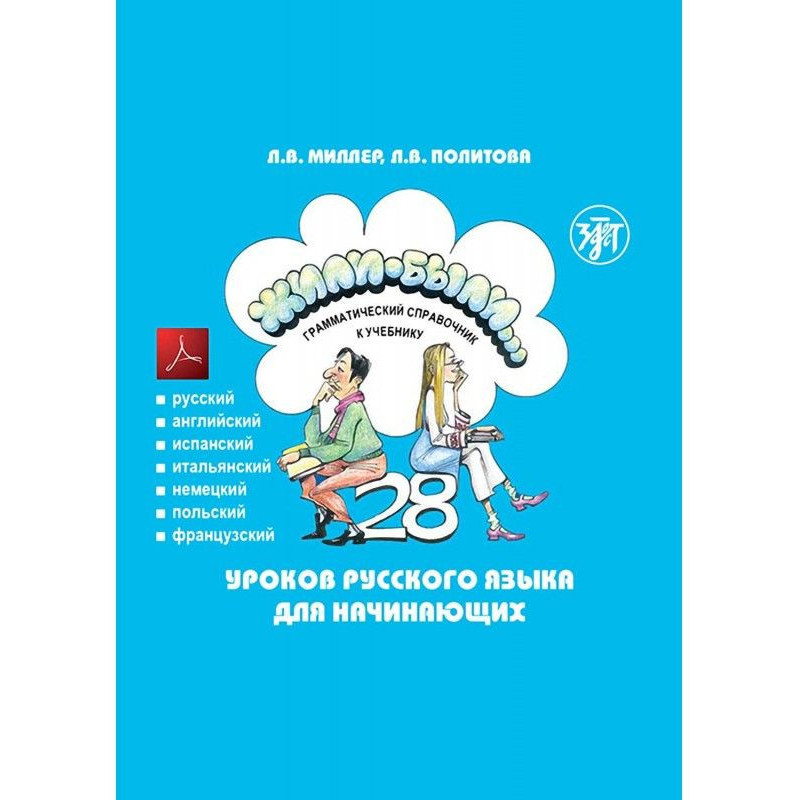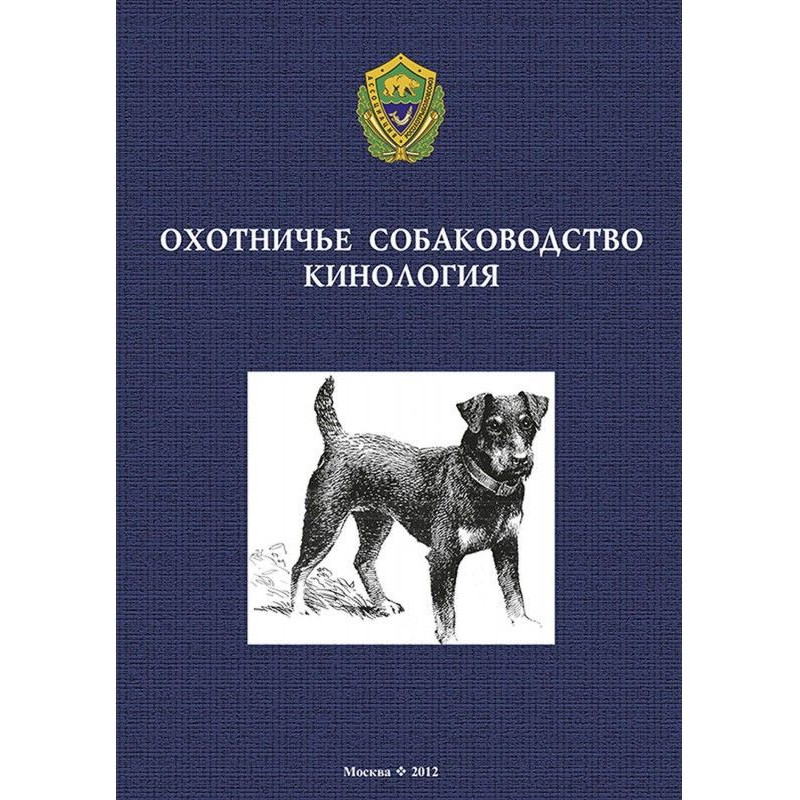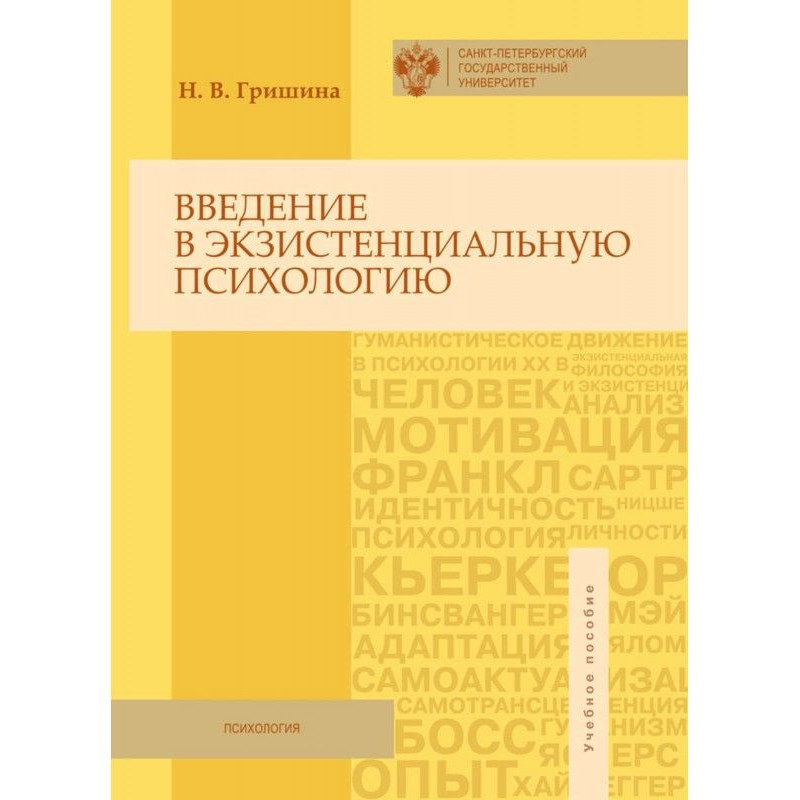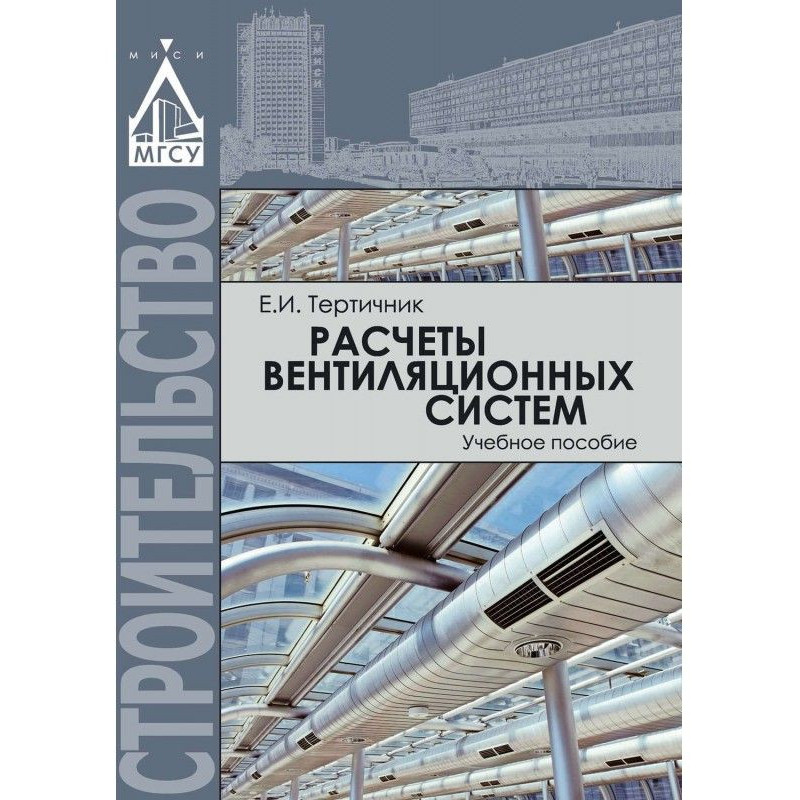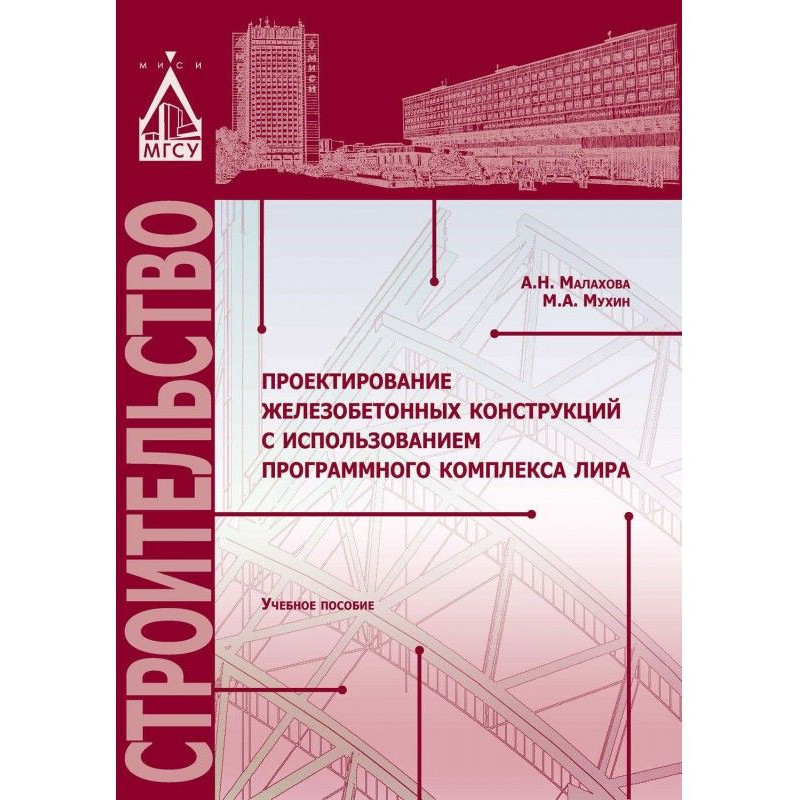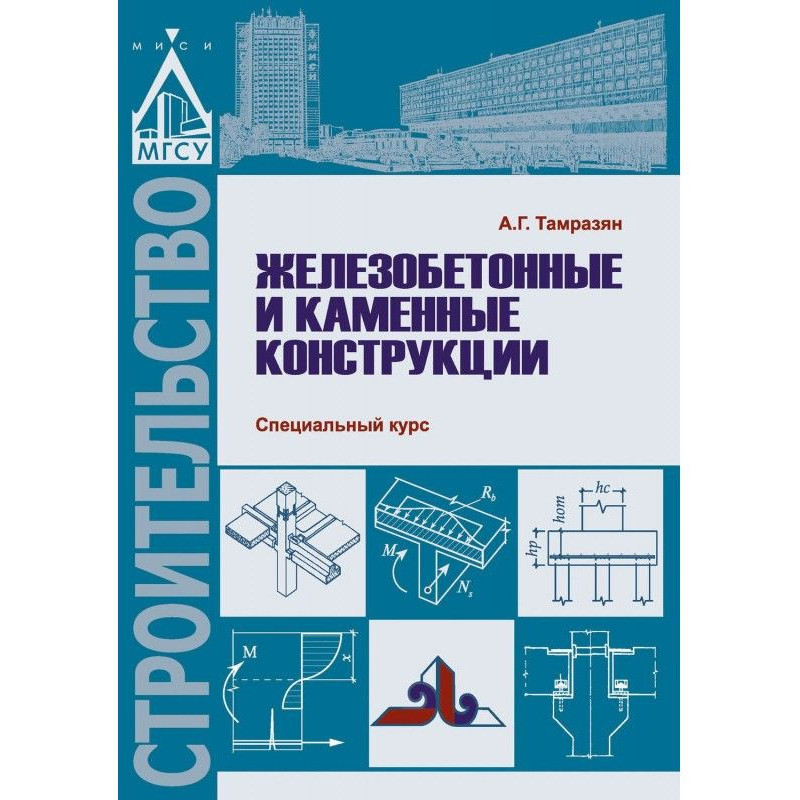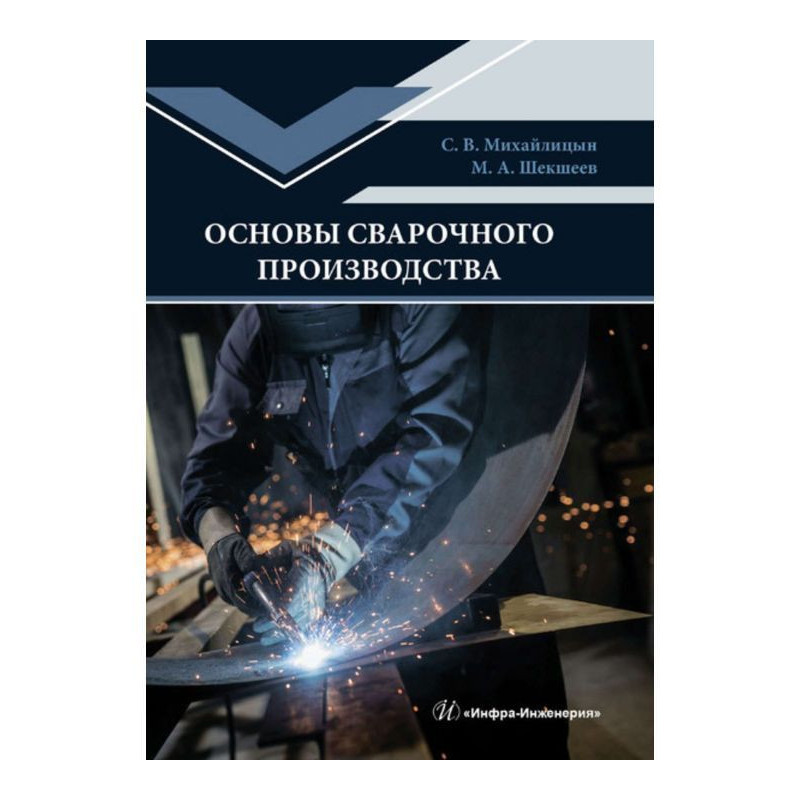Physical chemistry
 Instant download
Instant download
after payment (24/7)
 Wide range of formats
Wide range of formats
(for all gadgets)
 Full book
Full book
(including for Apple and Android)
Textbook for academic bachelor's degree. – 2nd ed., rev. and additional - M.: Yurait, 2019. - 182 p.: ill. — (Bachelor. Academic course). — ISBN 978-5-534-11119-4.
The textbook outlines the main sections of physical chemistry: gas laws, chemical thermodynamics, chemical and phase equilibrium, solutions, electrochemistry, chemical kinetics and catalysis. The material is illustrated with reference data, graphs and examples. The close connection of physical chemistry with other disciplines studied by students of biological specialties is shown.
At the end of each section there are examples of problem solving and variants of problems for independent work, test tasks, and test questions for interviews.
Complies with the current requirements of the Federal state educational standard of higher education.
Recommended by the Educational and Methodological Department of Higher Education as a teaching aid for students of higher educational institutions studying in natural sciences.
Approved by the Educational and Methodological Council on Biology Educational -methodological association on classical university education as a teaching aid for students of higher educational institutions studying in the direction of "Biology", specialty "Biology" and other biological specialties.
Use the arrow to expand or collapse this sectionGasesGeneral concepts about the aggregate states of matter. Gas laws. Gas mixtures. Laws for ideal gas mixtures. Real gases. Examples of problem solving. Problems for independent solutions. The first law of thermodynamics. Thermochemistry Basic concepts and definitions. First law of thermodynamics. First law of thermodynamics for circular processes. First law of thermodynamics for non-circular processes. First law of thermodynamics for an infinitesimal change in a system. Application of the first law of thermodynamics to individual processes. First law of thermodynamics and biological processes. Work of expansion of the ideal gas. Thermochemistry. Hess's law. Corollaries from Hess's law. Standard thermal effect. The influence of temperature on the thermal effect of a chemical reaction. Kirchhoff equations. Examples of solving problems. Problems for independent solution. The second law of thermodynamics. Characteristic functions and thermodynamic potentials Equilibrium and nonequilibrium processes. Reversible and irreversible processes. Formulations of the second law of thermodynamics. Entropy. Static nature of the second law of thermodynamics. Characteristic functions and thermodynamic potentials. Helmholtz energy (isochoric-isothermal potential). Combined equation of the first and second laws of thermodynamics. Maximum and maximum useful work. Gibbs energy (isobaric-isothermal potential). Helmholtz and Gibbs energy as a criterion for the spontaneity of processes and equilibrium. Methods for calculating changes in Gibbs energy. Chemical affinity. Berthelot's principle and its inconsistency. Gibbs-Helmholtz equation. Chemical potential. Chemical equilibrium. Equilibrium constant and methods of its expression. Equation of the isotherm of a chemical reaction. Equation of isobar and isochore. Equilibrium in real systems. Concept of volatility and activity. The second law of thermodynamics and biological processes. Phase equilibrium in one-component systems. Conditions for phase equilibrium. One-component systems. Phase diagram of a one-component system. Equilibrium of a pure substance in two phases of a one-component system. Clapeyron-Clausius equation. Examples of solving problems. Problems for independent solution. Solutions. Saturated vapor pressure above a solution. Raoult's law. Real solutions. Composition of solution vapor. Konovalov's laws. Diagram “composition - vapor pressure”. Diagram “composition - boiling point”. Distillation and rectification. Saturated vapor pressure in systems with limited mutual solubility of components. Steam distillation. Solubility of gases in liquids. Henry's law. Nernst's law of distribution. Extraction from solutions. Freezing point of dilute solutions. Boiling point of dilute solutions. Cryoscopy and ebullioscopy. Osmosis. Osmotic pressure. Colligative properties of solutions. Examples of problem solving. Problems for independent solution. Electrochemistry. Solutions of electrolytes Conductors of electric current. Basic principles of Arrhenius's theory of electrolytic dissociation. Reasons and mechanism of electrolytic dissociation. Dissociation of water. Ionic product of water. Hydrogen index. Buffer solutions. Solutions of strong electrolytes. The concept of activities and activity coefficients in the theory of strong electrolytes. Ionic strength of solutions. Speed of ion movement. Transfer numbers. Electrical conductivity of electrolyte solutions. Specific electrical conductivity. Molar electrical conductivity. Ion mobility. Kohlrausch's law. Calculation of the degree of dissociation and dissociation constant through electrical conductivity. Electrical conductivity coefficient. Conductometry. conducting potential. Classification of electrodes. Hydrogen electrode. Reference electrodes. Redox electrodes (redox electrodes). Classification of galvanic cells. Potentiometry. Potentiometric titration. Examples of problem solving. Problems for independent solution. Chemical kinetics and catalysisRate of a chemical reaction. Kinetic classification of chemical reactions. Formulation of the law of mass action. Reactions of various orders. Methods for determining the order of a reaction. Rate constant of a chemical reaction. Arrhenius equation. Activation energy. Complex reactions. Reversible (equilibrium) reactions. Parallel reactions. Competing reactions. Consecutive reactions. Quasi-stationary concentrations. Conjugate reactions. Chain reactions. Theories of chemical kinetics. Theory of active collisions. Theory of activated complex (transition state, or absolute reaction rates) .Kinetics of reactions in solutions. Application of the activated complex theory to the kinetics of reactions in solutions. Influence of the environment on the rate of homolytic reactions. Influence of the environment on the rate of heterolytic reactions reactions. Introduction to photochemistry. Photochemical reactions. Laws of photochemistry. Fundamentals of catalysis. Features of catalysts. Types of catalysis. Examples of problem solving. Problems for independent solution. Recommended literature New publications in the discipline "Physical Chemistry" and related disciplines
Literature on thermodynamics, physical and colloid chemistry and related issues
Data sheet
- Name of the Author
- Вячеслав Казин Николаевич
- Language
- Russian
Reviews
Необхідний посібник для студентів
Цей навчальний посібник з фізичної хімії став для мене справжнім відкриттям. Він охоплює всі основні аспекти фізичної хімії, включаючи газові закони, термодинаміку, електрохімію та кінетику, що робить його незамінним для студентів природничих спеціальностей. Я особливо ціную, як автор ілюструє матеріал графіками та прикладами, що допомагає краще зрозуміти складні концепції. Завдання для самостійного розв'язання наприкінці кожного розділу є чудовим доповненням, яке дозволяє закріпити отримані знання. Книга відповідає актуальним вимогам освітніх стандартів і рекомендована для вищих навчальних закладів, що підтверджує її якість та корисність. Рекомендую всім, хто прагне глибше зрозуміти фізичну хімію та її зв'язок з іншими науками!

